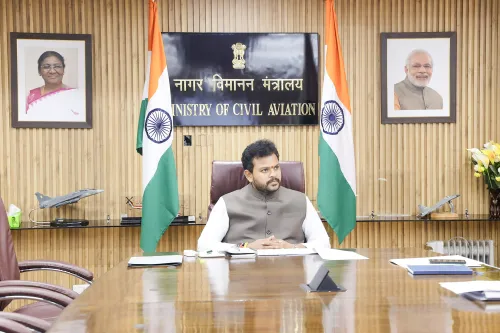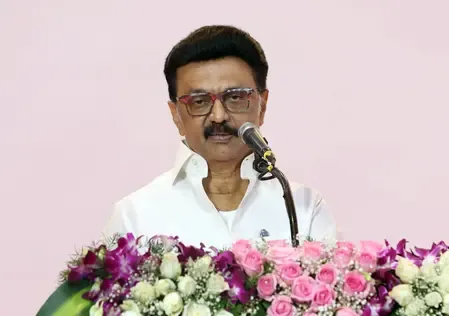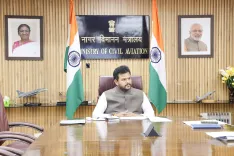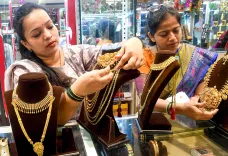What Insights Did Chhattisgarh Officials Gain from Their Visit to Gujarat?
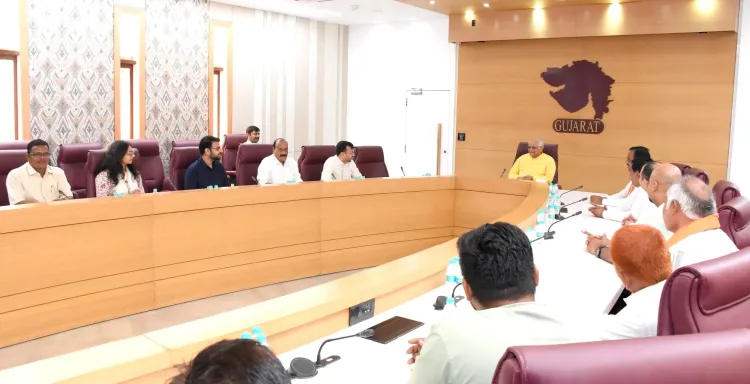
Synopsis
Key Takeaways
- Delegation from Chhattisgarh seeks insights from Gujarat.
- Focus on technology-driven rural development.
- Visits to key institutions like BISAG and NDDB.
- Gujarat's model includes sustainable practices in agriculture.
- GIS technology aids in effective rural governance.
Gandhinagar, May 4 (NationPress) A 26-member delegation made up of officials, elected representatives, and farmers from Chhattisgarh’s Kabirdham district had a productive meeting with Chief Minister Bhupendra Patel in Gandhinagar during their week-long exploration of Gujarat.
The delegation's objective is to delve into the Gujarat model of integrated rural development, especially its effective use of technology in areas such as agriculture, sugarcane cultivation, dairy industry growth, and rural governance.
This tour has been organized under the District Integrated Rural Development Strategy of Chhattisgarh, aimed at discovering innovative approaches and efficient policy execution for rural advancement. The delegation's study will also encompass insights on best practices for utilizing technology in agricultural planning, with Gujarat standing out as a pivotal model state.
As part of their itinerary, the group is scheduled to visit BISAG (Bhaskaracharya Institute for Space Applications and Geoinformatics), NDDB (National Dairy Development Board), and Bardoli Sugar Factory. They aim to understand how Gujarat has successfully harnessed GIS-based planning and technology to foster inclusive and sustainable rural progress.
Chief Minister Bhupendra Patel remarked that Gujarat has emerged as a blueprint for development through the proficient application of technology-driven governance and inclusive growth initiatives.
The delegation comprises the President and Vice-President of the Kabirdham District Panchayat, several farmer representatives, and state officials. Their study tour commenced at BISAG, where they gained insights into the utilization of GIS technology in Gujarat’s rural planning and sugarcane development methodologies.
Gujarat has been at the forefront of promoting sustainable sugarcane cultivation through advanced irrigation practices, resulting in superior yields per hectare in comparison to the national average.
A significant factor contributing to this success is the active participation of sugar cooperatives, such as Bardoli Sugar, which not only process sugarcane but also provide farmers with assistance, fair pricing, and access to technology.
The government and institutions like BISAG have played a crucial role in implementing GIS-based planning tools to track crop health, enhance land utilization, and manage water resources more efficiently.
Moreover, several sugar mills have diversified their operations into ethanol production and electricity cogeneration, thus adding more value and enhancing the economic sustainability of the sector. This integrated strategy has enabled Gujarat to establish itself not only as a sugar-producing state but also as a center of innovation in agro-based industries and rural development.


